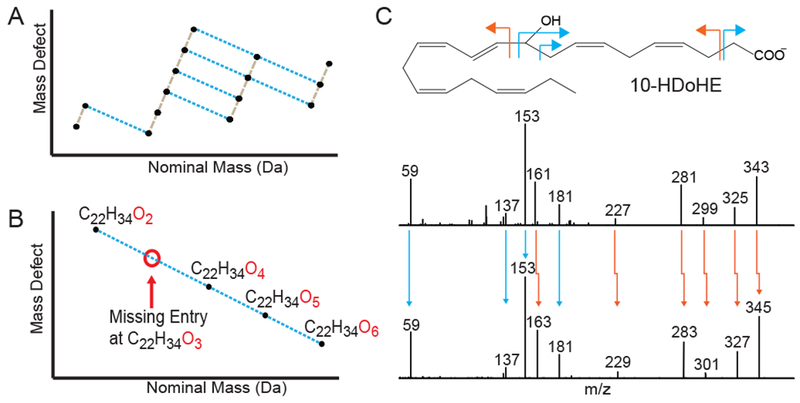Figure 4: Systems chemistry for identification of unknown oxylipins.

(A) Mass defect versus nominal mass plot of 15 chemical formulas, which compose the prostaglandin series of eicosanoids, illustrating common chemical patterns within compound families. (B) Example of a series of chemical formulas that exhibit a gap, or missing formula entry, in the overall pattern. Nontargeted MS data was searched for these formula masses to determine if chromatographic features were present. (C) Tandem mass spectra from one of these missing entries (C22H34O3) was found to be highly similar to the tandem mass spectra for 10-HDoHE with both sharing common fragments (blue arrows) as well as analogous fragments that were shifted by the mass of two hydrogens (orange arrows). Manual annotation indicates that the potentially novel oxylipin is identical to 10-HDoHE with the exception that it contains 3 instead of 4 double bonds between carbons 11 and 22. See also Figure S-3 and Data S-2.
